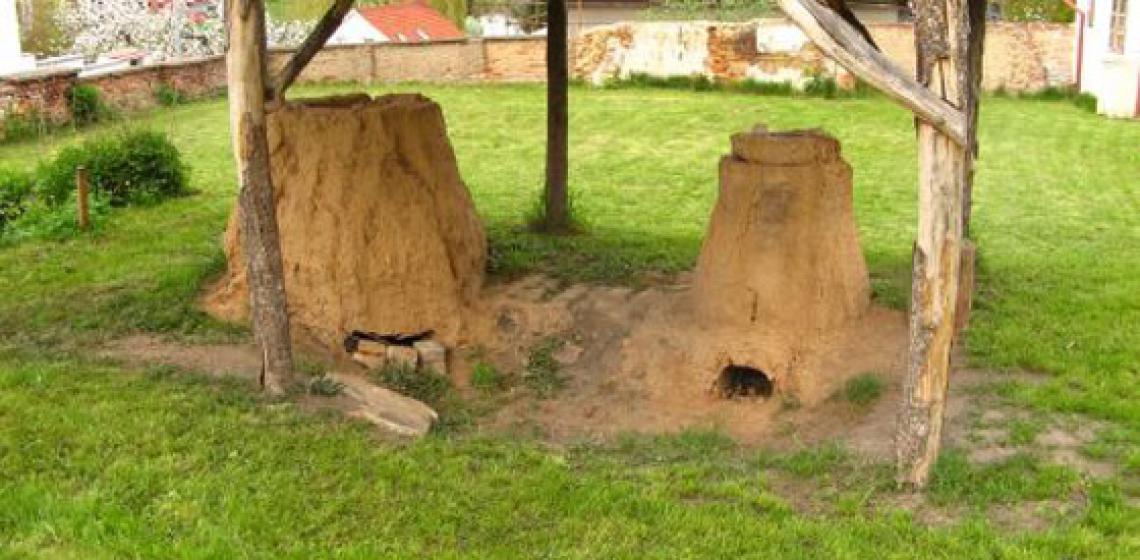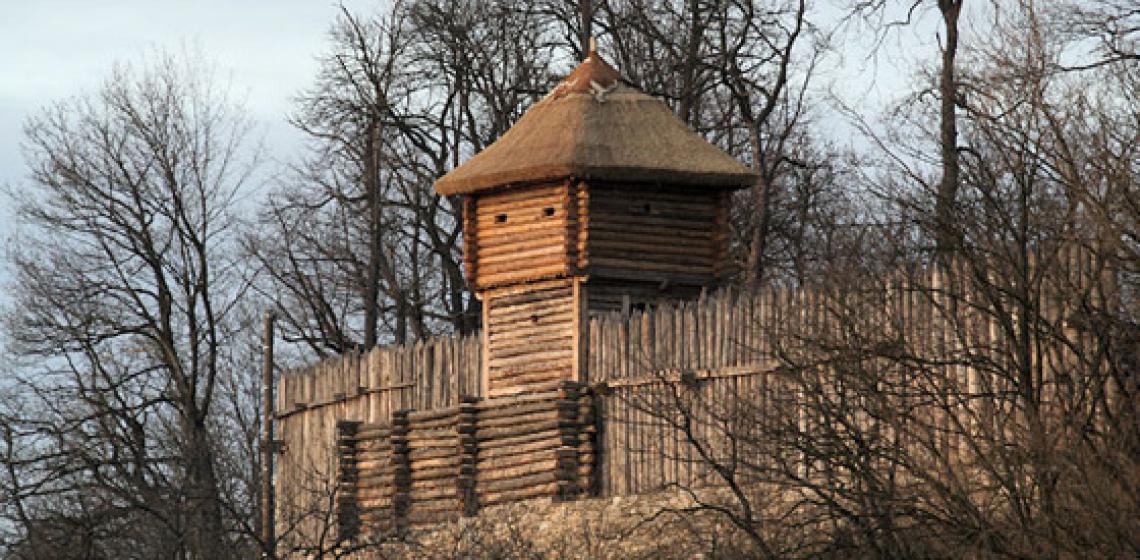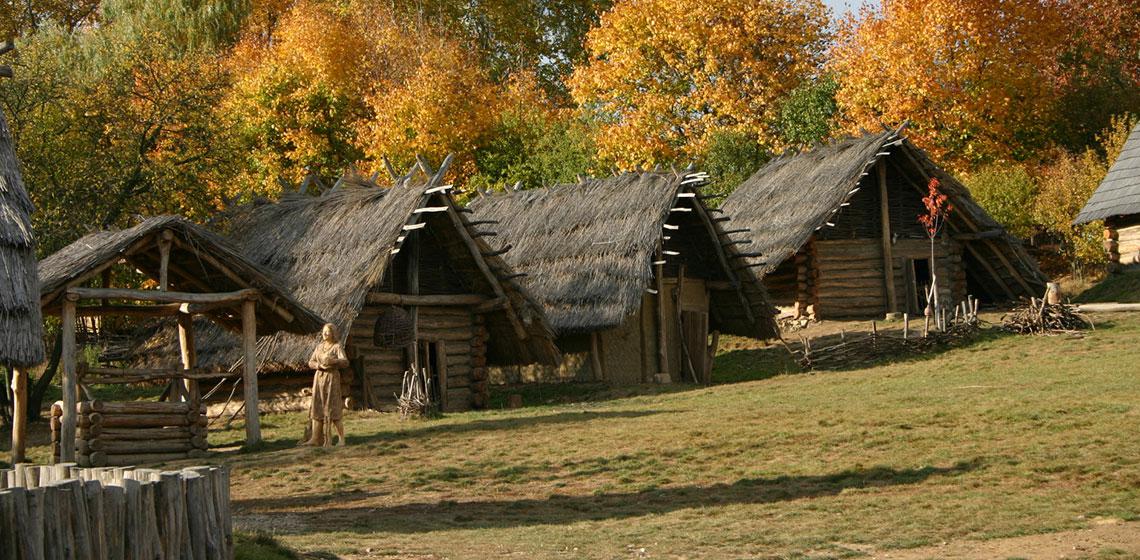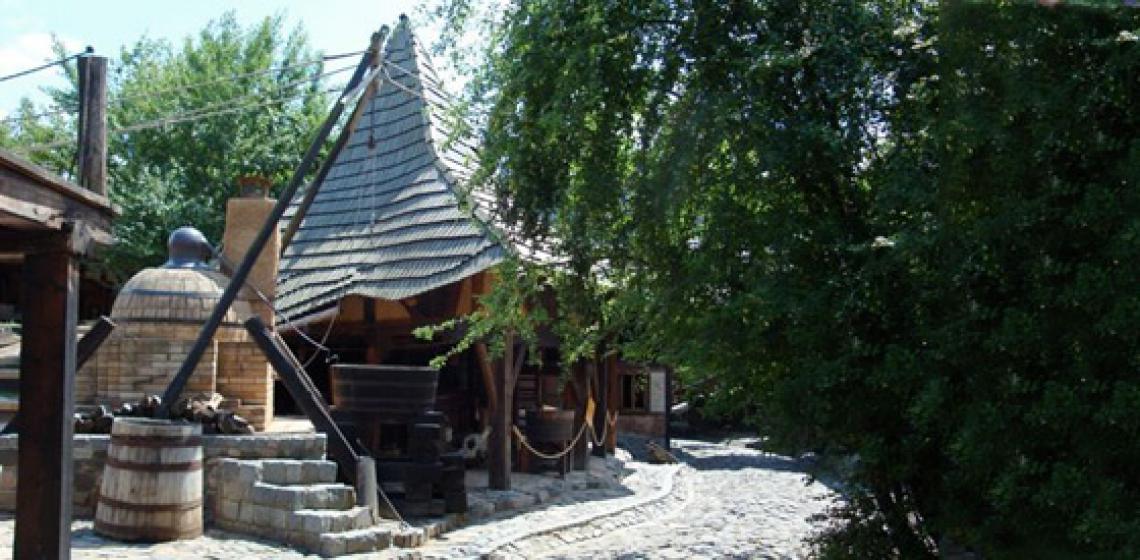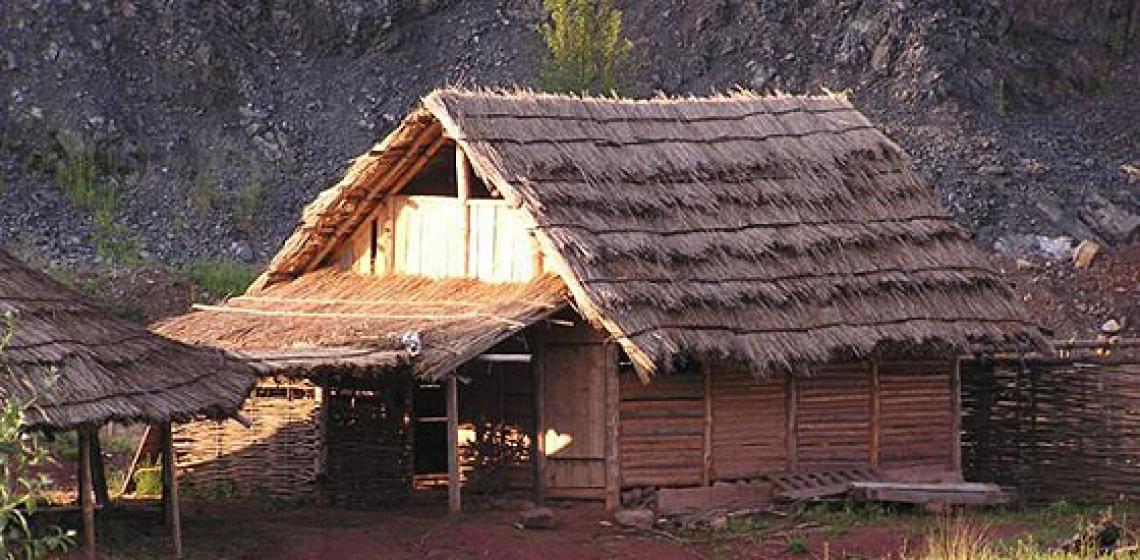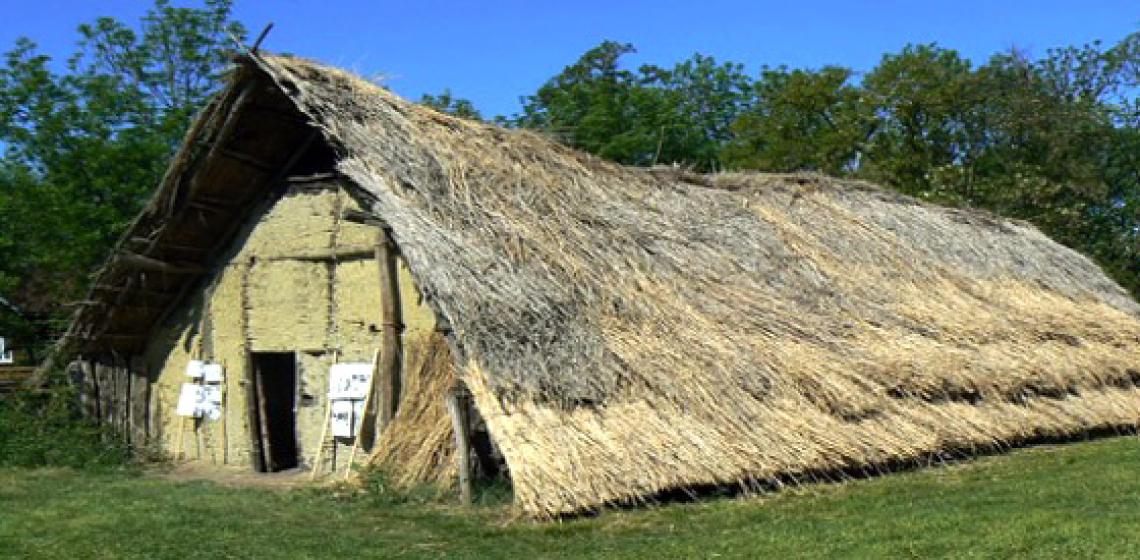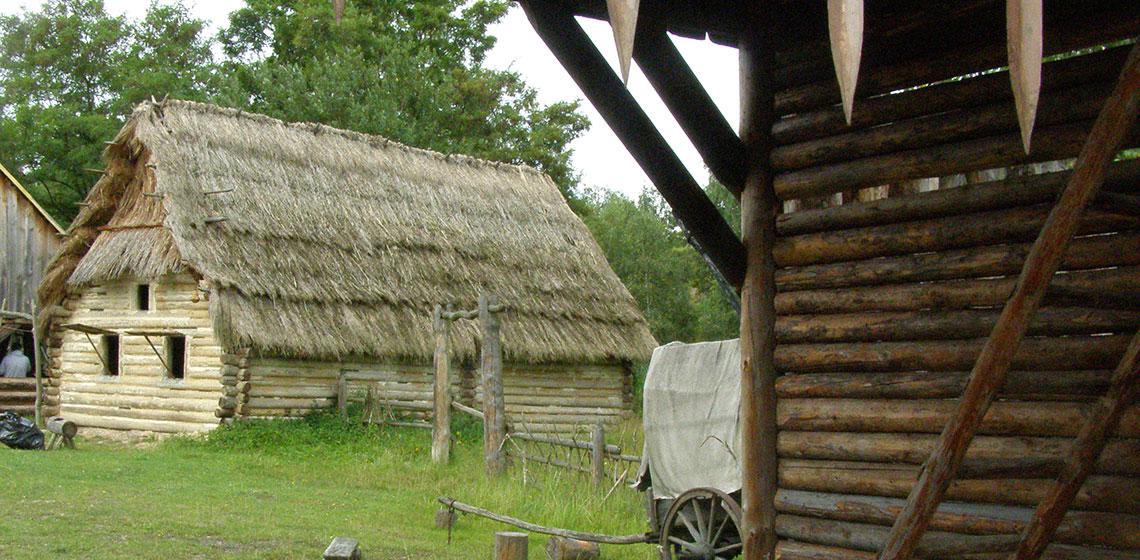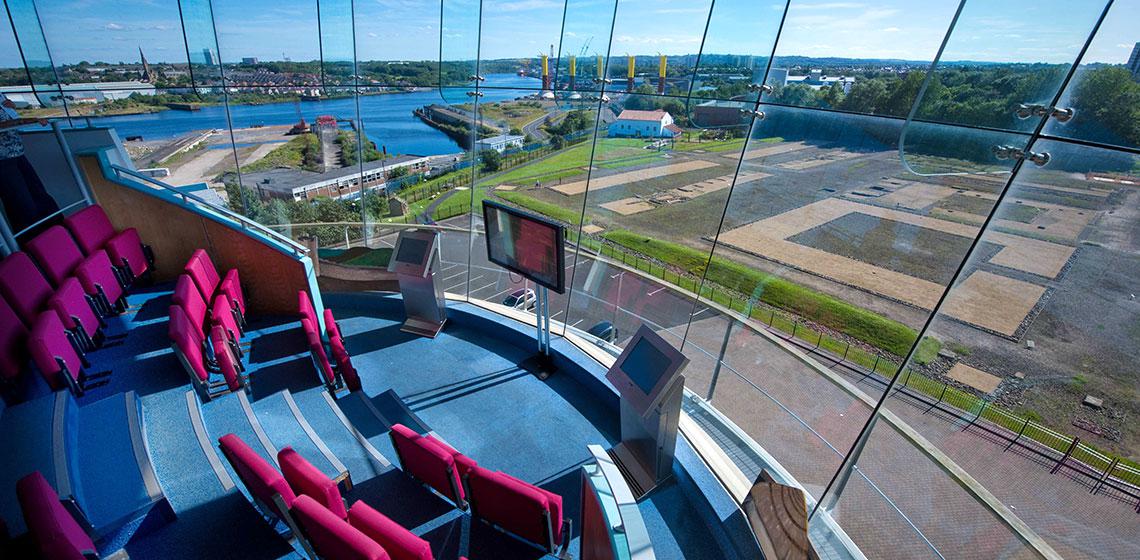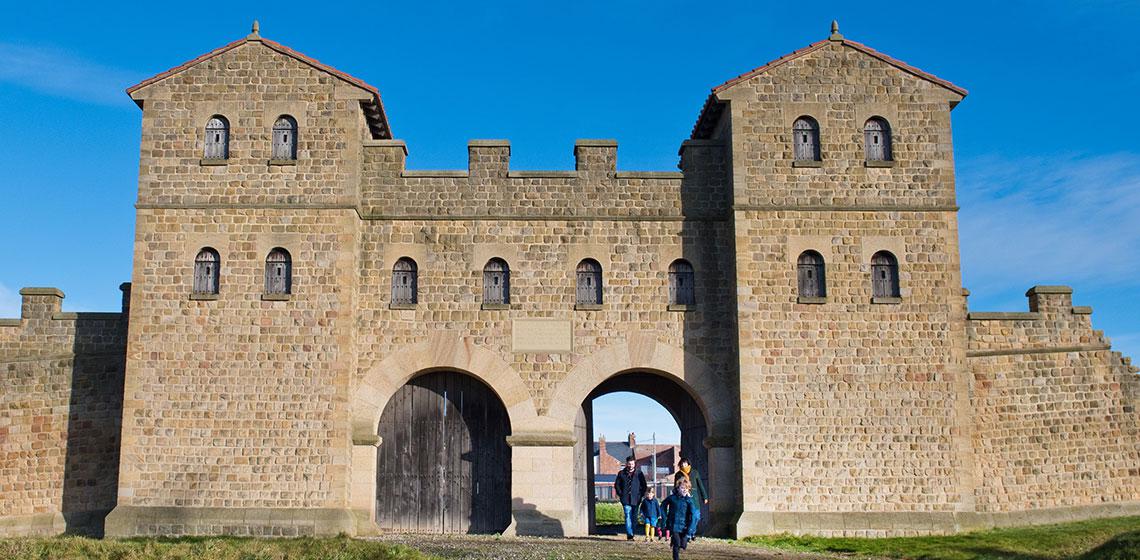Archeologický Park Liboc (CZ)
The civil association Archaia is non-profit. Its mission is to protect, rescue and document archaeological monuments. Besides that, they work on education and raising awareness regarding archaeology and heritage protection. For this purpose, they have a archaeological park at Praha 6 – Liboc.
The civil association Archaia is non-profit. Its mission is to protect, rescue and document archaeological monuments. Besides that, they work on education and raising awareness regarding archaeology and heritage protection. For this purpose, they have a archaeological park at Praha 6 – Liboc...

